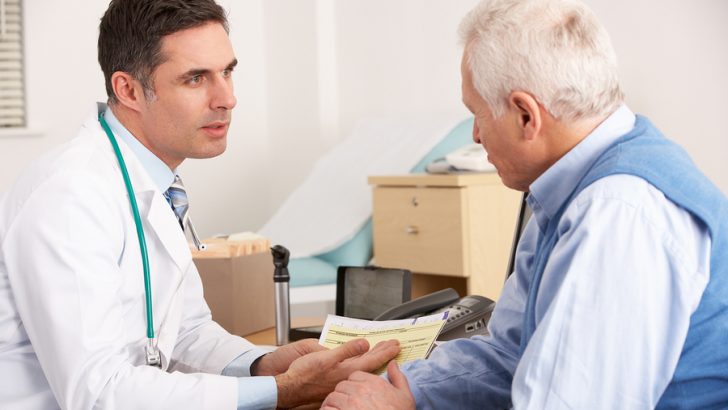Medical Matters
Lower urinary tract symptoms (LUTS) are common with increasing age and can often be a source of much discomfort, impacting significantly on quality of life. Indeed, it can also be embarassing for those who suffer who may present late to their GP and endure symptoms for some time before getting treatment.
In men, over one third of those aged 50 or older have moderate to severe symptoms of LUTS which in the majority of cases is caused by benign enlargement of the prostate. From about the age of 40, the prostate slowly increases in size (by about 1.6% per year) and this continues with increasing age accounting for the high proportion of prostatism in older men.
In fact, about 70% of males by the age of 70 suffer with prostatic symptoms. The prostate is a small gland situated under the bladder and through which passes the tube (urethra) that drains urine from it.
For this reason, an expanding prostate can compress it and cause urinary outflow obstruction. This can give rise to hesitancy (difficulty with initial urine flow), slow urinary stream, straining and a terminal dribble.
Frequency
In up to 40% of men aged 75 or older, it is also associated with bladder irritability and reduced storage capacity for urine which can lead to urinary frequency during the daytime, getting up at night to go to the toilet, urgency and occasionally incontinence.
Whilst a normal bladder capacity is about 500 ml, there may be the sensation to urinate before it is full. Due to outflow obstruction there can also be incomplete emptying and dribble post urination.
A bladder diary may be useful taking note of fluid intake, frequency and timing of urination as well as volume. If you have an irritable bladder with reduced storage capacity, then caffeinated and alcoholic drinks which have a diuretic effect and stimulate more urine production can exacerbate symptoms.
If getting up at night to urinate is a problem, then you should cut out all fluids in the late evening (7-8pm) and actively go to the toilet before bed to empty the bladder as much as possible.
If symptoms are still troublesome, make sure to go to your GP. They may do a rectal exam to assess your prostate and check if it is enlarged and/or a PSA test which may indicate this too. A urine sample may also be checked to rule out a urinary tract infection and diabetes which can cause urinary frequency. If your prostate exam is significantly abnormal or PSA elevated (if done) then you might need to be referred to a urologist for further tests, though in most cases it can be managed by your GP.
Medications that relax the prostate muscle as well as the neck of the bladder are very effective at improving urinary flow rates and symptoms. In fact, they have a rapid onset of action, work in the majorty of cases and will often continue to take effect for several years. However, if there are still prominent symptoms of urgency and frequency then they can be combined with other tablets that specifically reduce bladder muscle activity.
On the other hand, if there are ongoing obstructive symptoms (hesitancy and slow urinary stream) tablets that reduce the size of the prostate can be also used. These work by blocking the effect of a testosterone derivative and can reduce prostate volume by about 20%. Overall, they reduce the need for surgery by up to 60% as well as the risk of developing urinary retention which can occur when the prostate is very enlarged.
The same tablets are also known to prevent hair loss (at the back of the head) in up to 70% of men who suffer with male pattern baldness!
Up to 55-70% of men with lower urinary tract symptoms also report erectile dysfunction though a common underlying mechanism for both is unclear. However, Tadalifil, a medication in the same class as Viagra has been shown to reduce the symptoms from benign prostatic enlargement and is currently licensed for this purpose.
Finally, in those with severe symptoms or who have not responded to tablets, surgery or minimally invasive procedures can be used which can give a more longterm result. The mainstay of treatment for most of the past 50 years has been transurethral resection of the prostate (TURP) – a procedure done under general aneasthetic whereby a camera can be inserted into the urinary tract and prostate tissue removed by electrocautery. However, newer procedures are now available using laser and microwave therapy.
More recently, a procedure called Prostate Urethral Lift can be performed whereby implants can be inserted that function to retract obstructing lobes of the prostate without the need to remove any tissue. Importantly, it can be done under local anesthetic as a day case, has a quick recovery time and a low risk of side effects.
So don’t suffer with bothersome urinary symptoms. Make sure to get checked out by your GP who can test for relevant causes and provide treatments to help.
Dr Kevin McCarroll is a Consultant Physician in Geriatric Medicine, St James’s Hospital, Dublin.


 Dr Kevin McCarroll
Dr Kevin McCarroll
